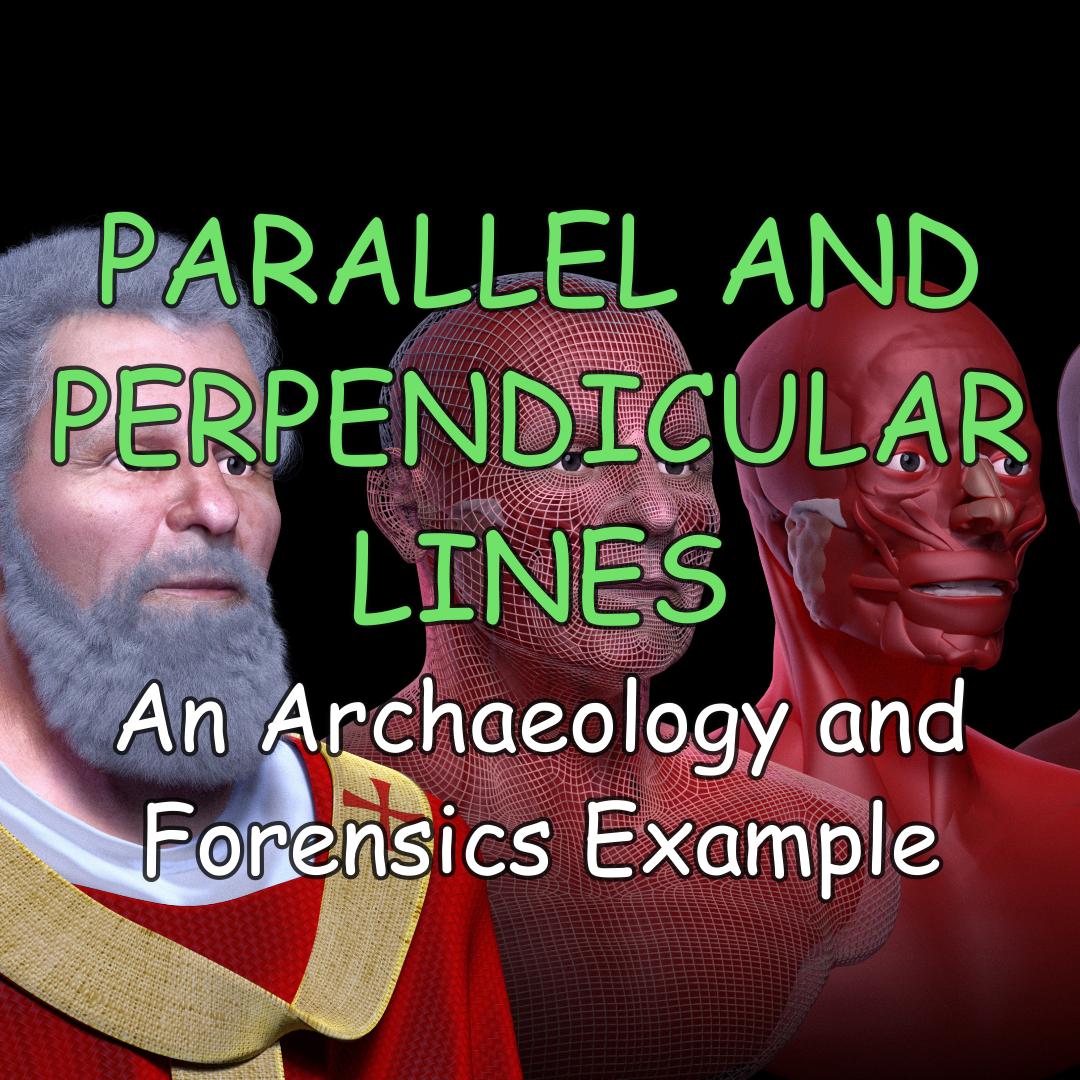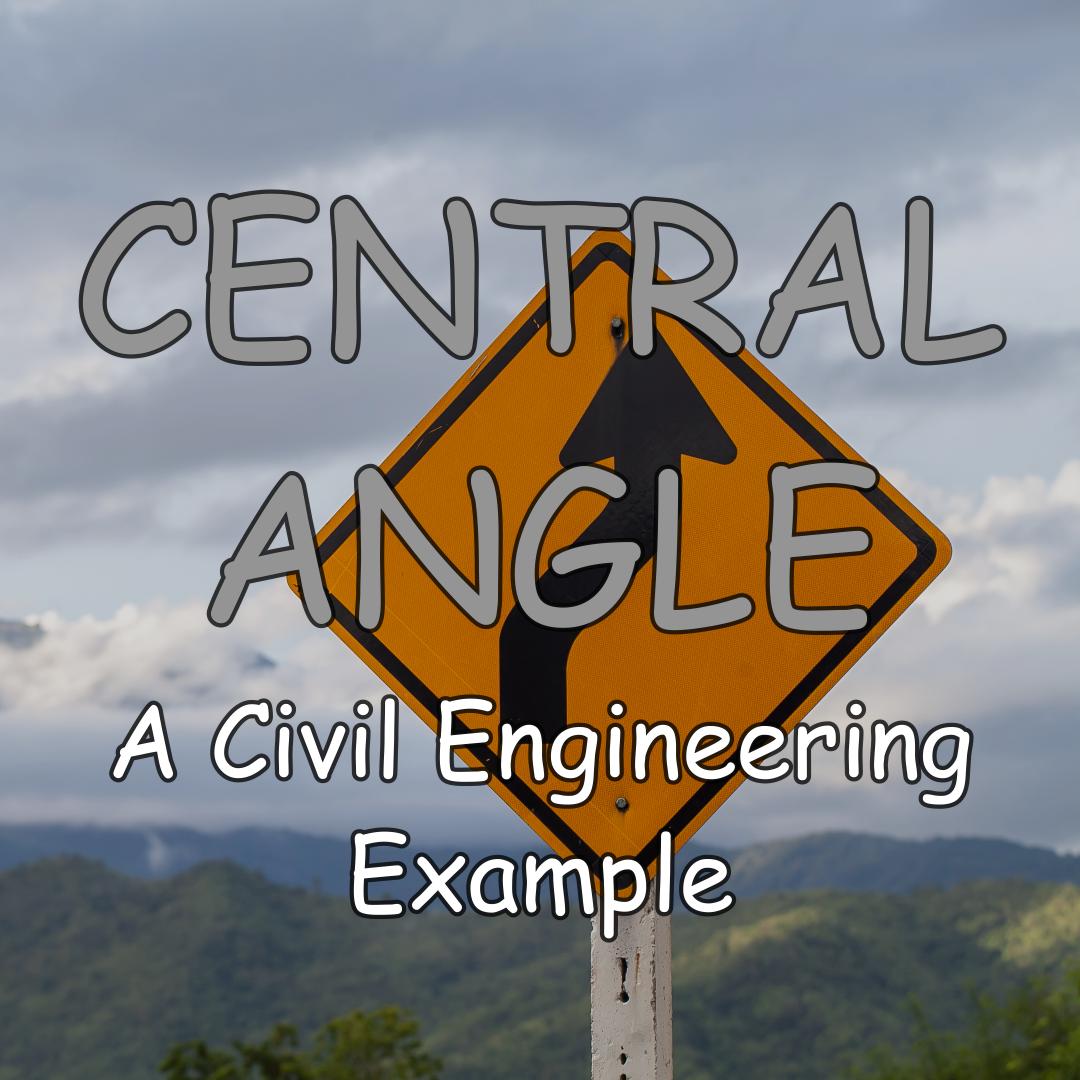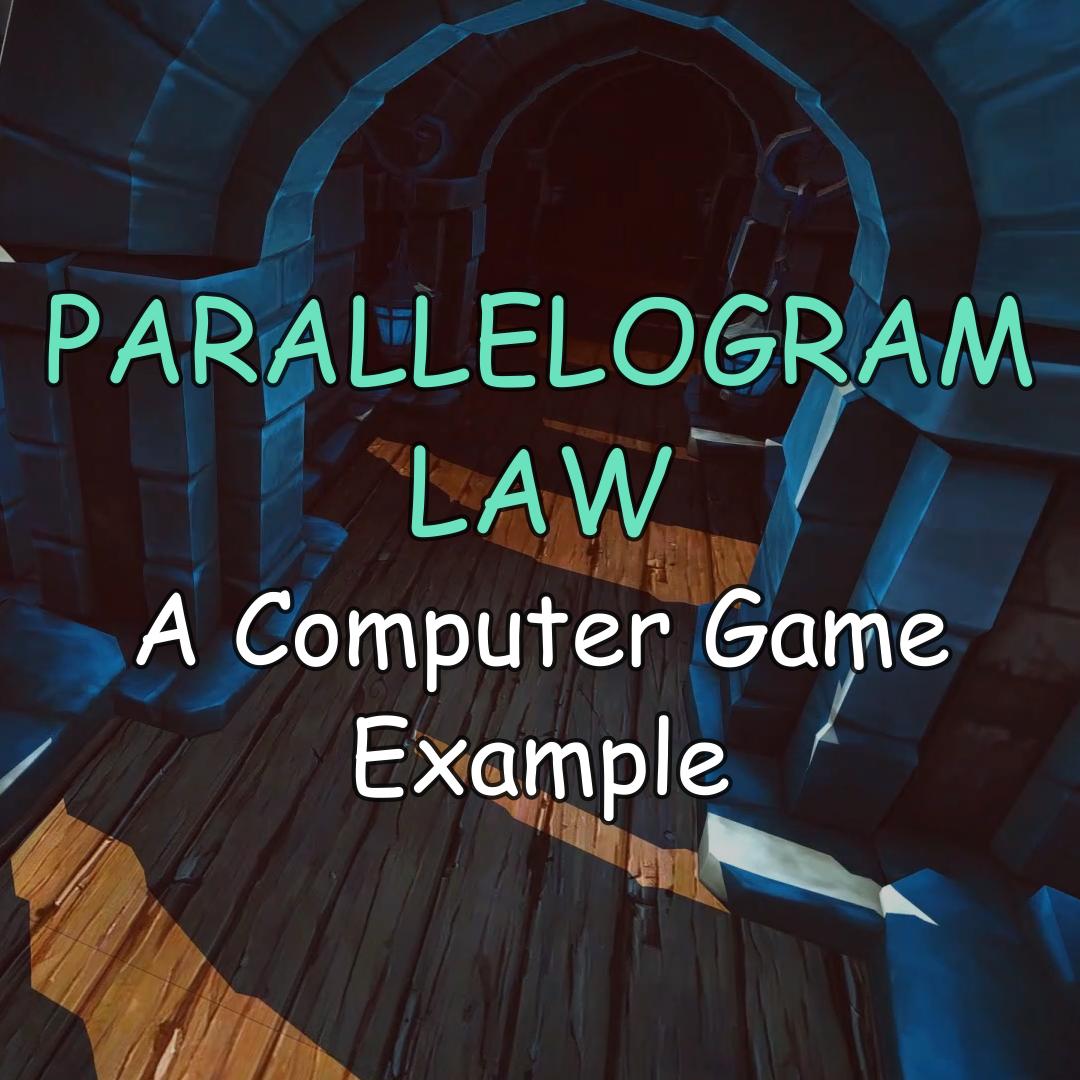Real World Math and Science Blog
This blog is a compilation of articles explaining how math and science are applied in real-life situations.
Tailored for middle and high school students, it offers numerous examples illustrating how concepts learned in school are put to use by real people in real jobs.
Covering various topics, this blog aligns with school curricula to make math and science more relevant, practical, and engaging for all students!





